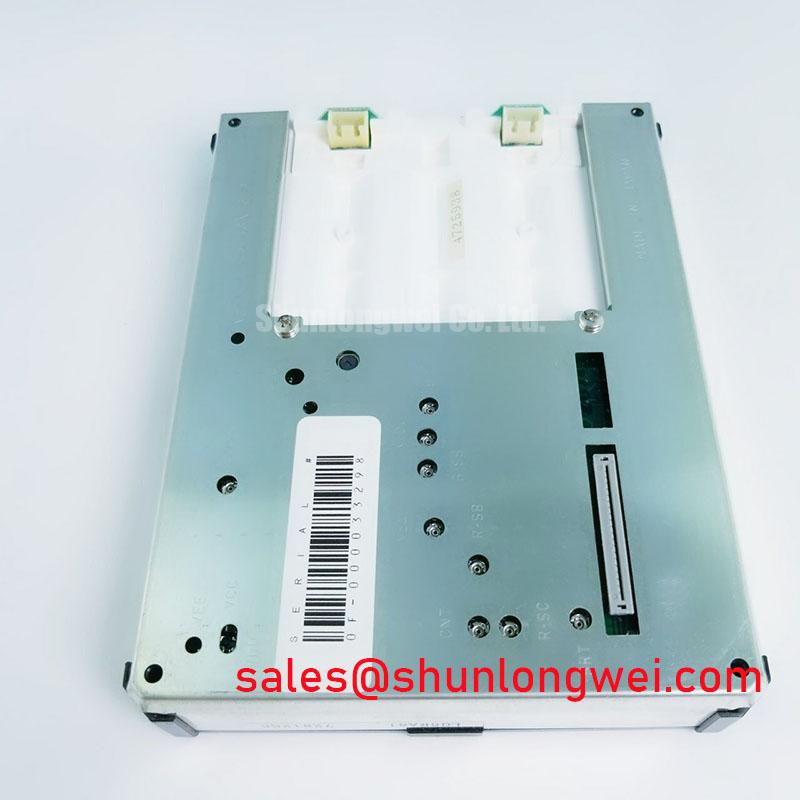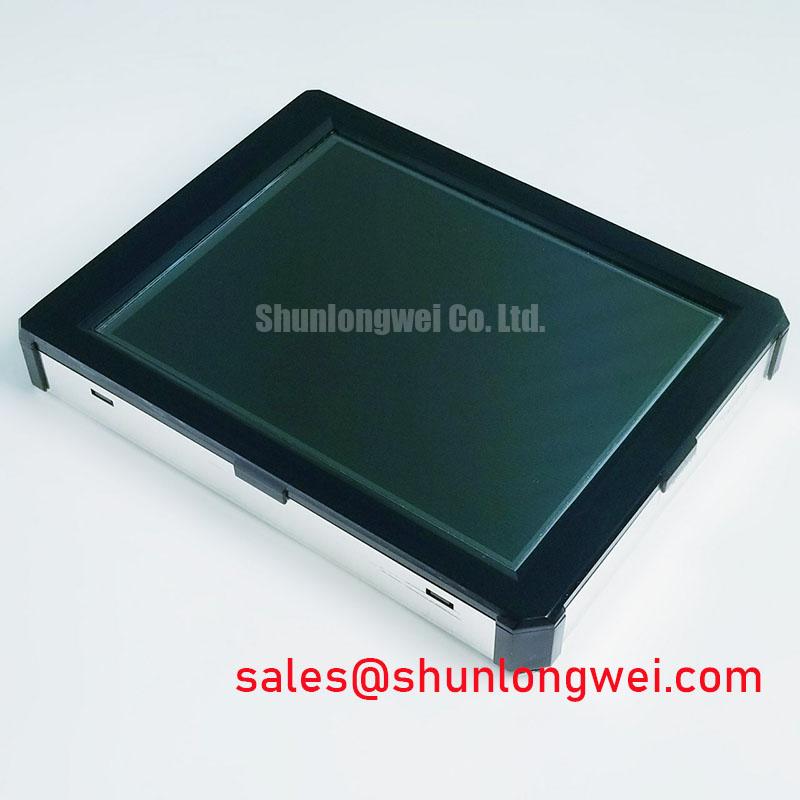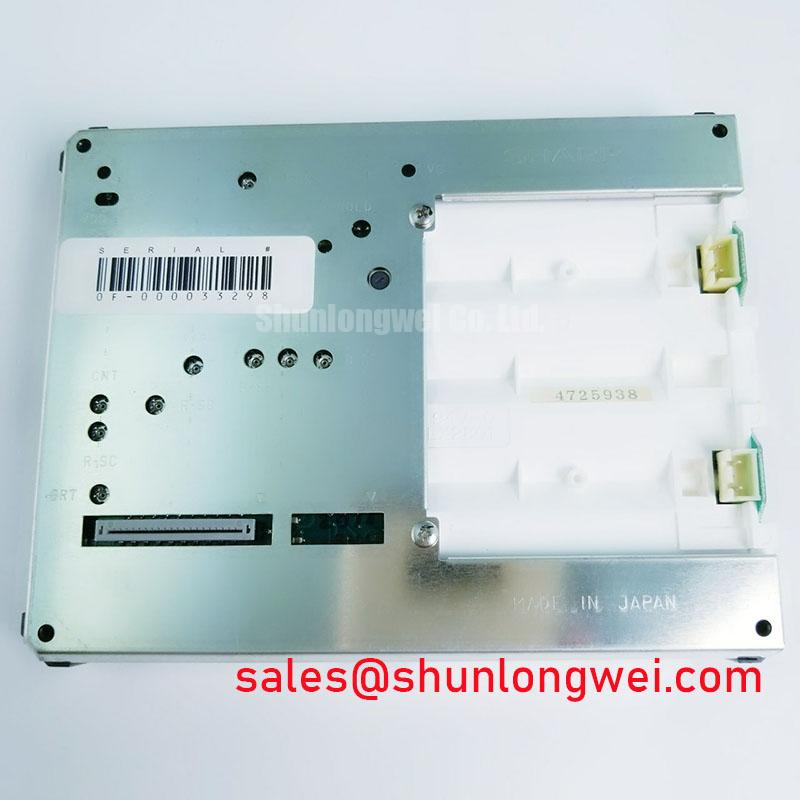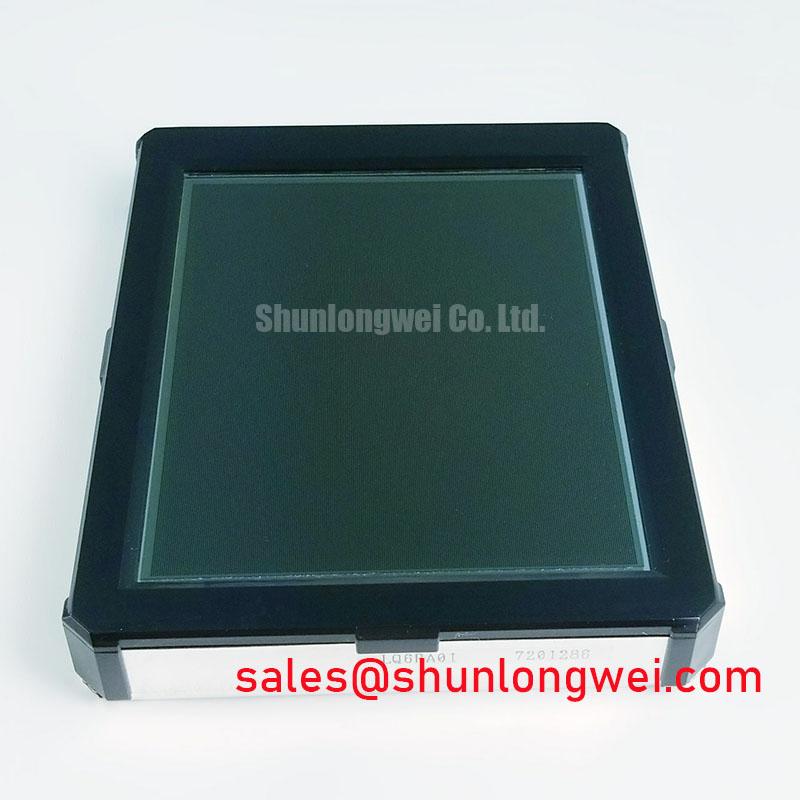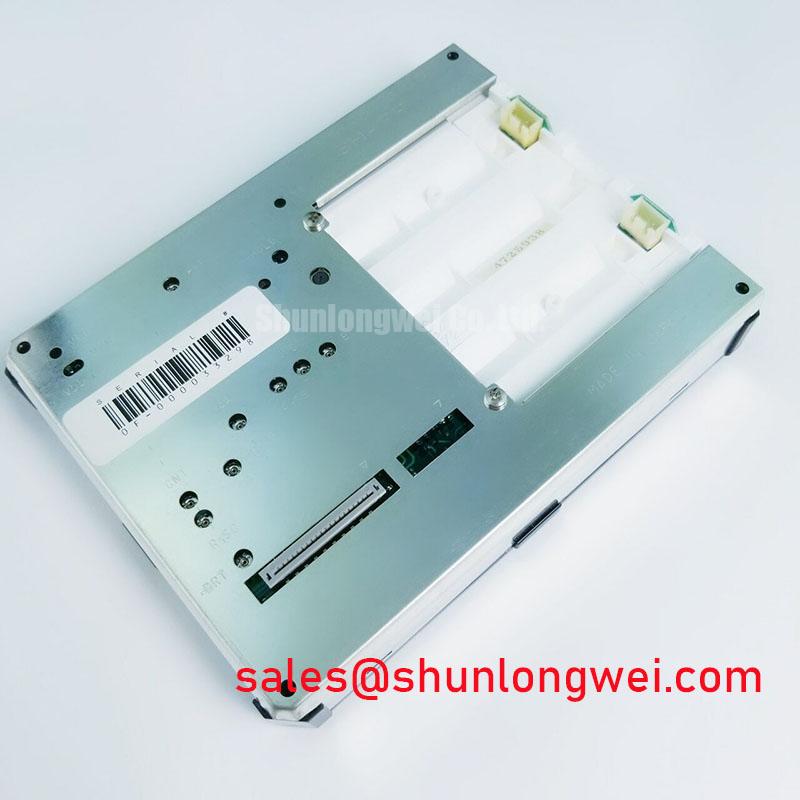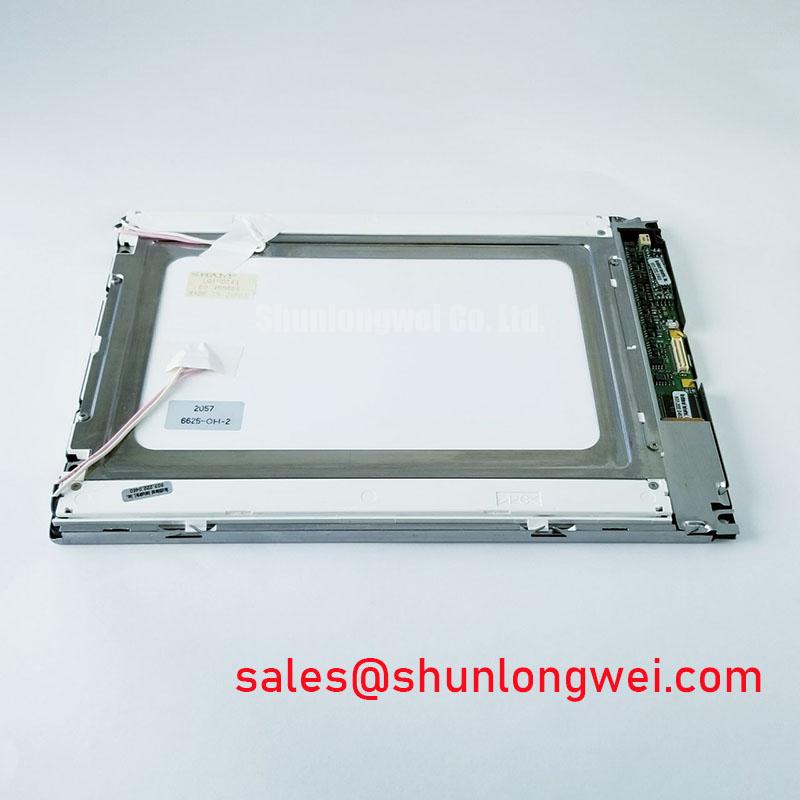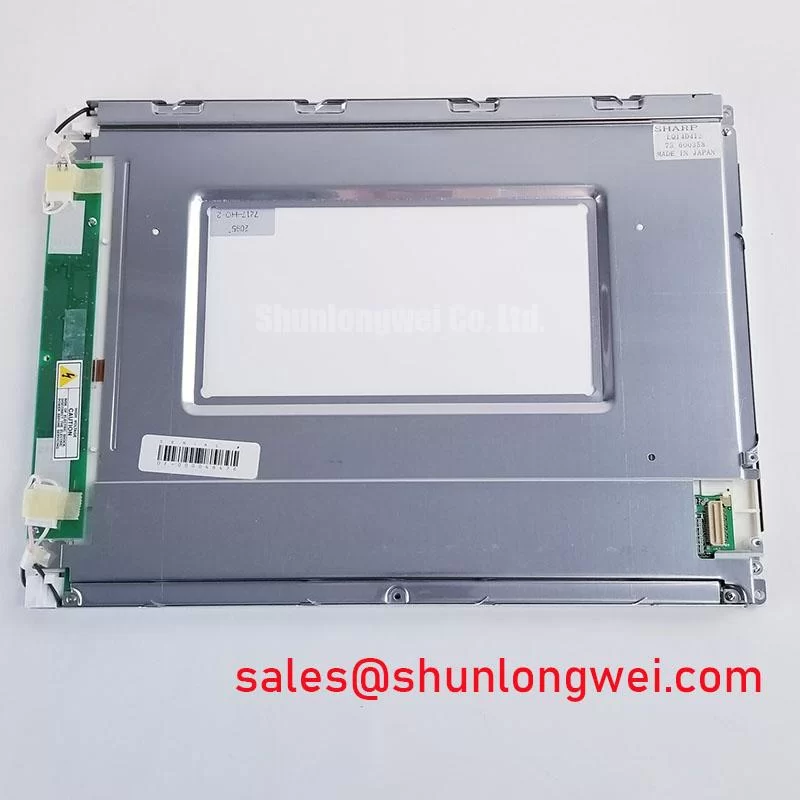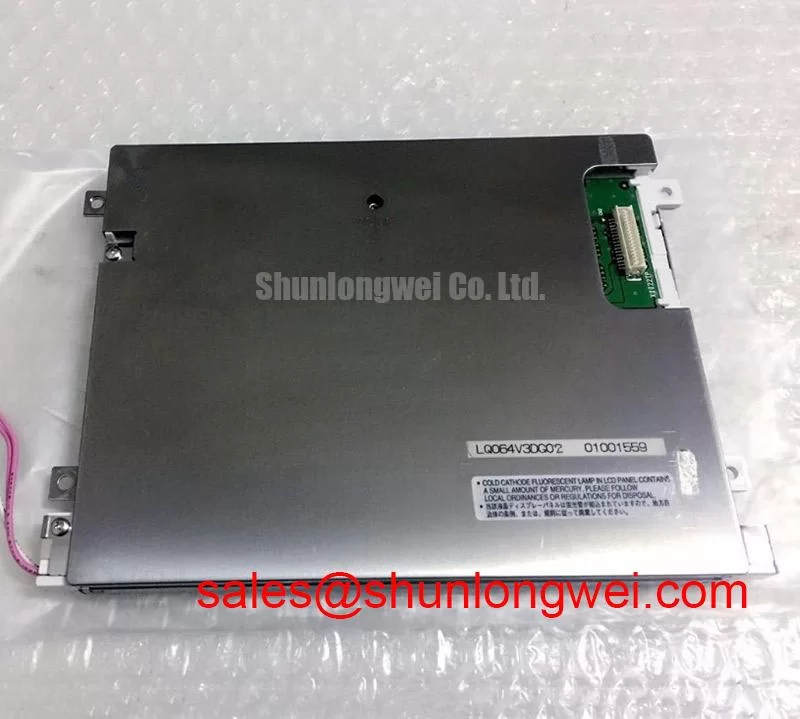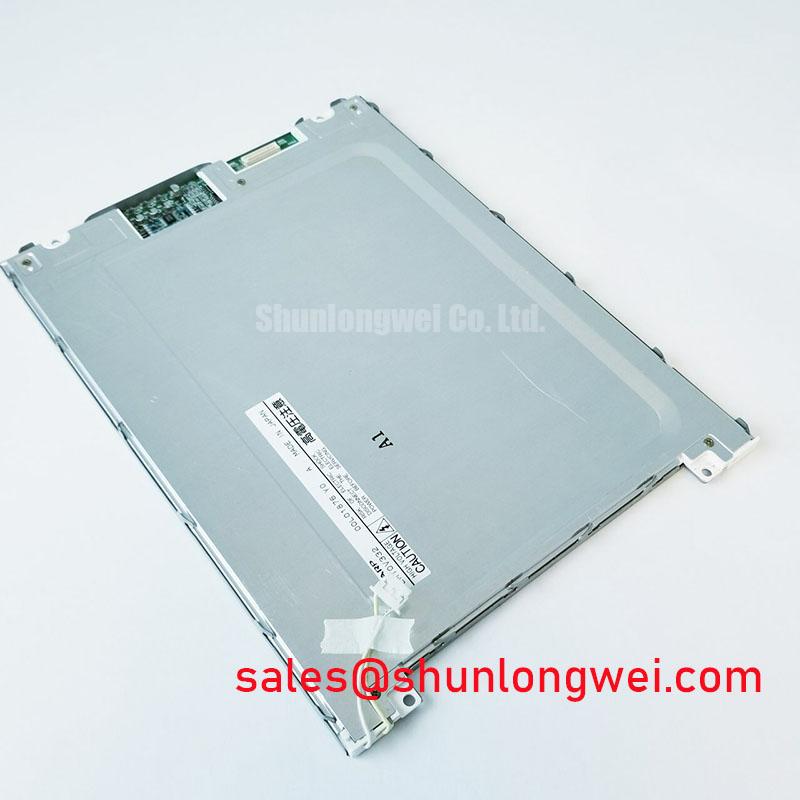Content last revised on November 19, 2025
Sharp LQ6RA01: Technical Review of the 5.5" QVGA Analog TFT-LCD
An Engineer's Overview of a Proven Display for Legacy Systems
The Sharp LQ6RA01 is a legacy display solution offering proven reliability for maintaining and retrofitting compact industrial and medical systems. This a-Si TFT-LCD panel delivers core performance with specifications of 5.5" QVGA 320x240, 250 cd/m² brightness, and a direct Analog RGB Interface. Key engineering benefits include simplified legacy system integration and robust performance for transport and storage. It operates reliably from 0 to 60°C and can be stored in extreme temperatures from -25 to 70°C, making it suitable for a range of controlled industrial environments. For legacy portable instrumentation requiring a compact display with a direct analog input, the LQ6RA01 remains a key component for long-term service life.
Application Scenarios & Value
Enabling Long-Term Viability in Legacy Industrial and Medical Devices
The primary value of the Sharp LQ6RA01 lies in its ability to extend the operational life of existing equipment, providing a direct, form-fit-function display solution where a complete system overhaul is technically or financially prohibitive. Its specific combination of size, resolution, and interface makes it a critical component for service, repair, and refurbishment operations.
A high-fidelity engineering scenario is the repair of an aging CNC machine control panel. When the original display fails, the system's controller board, which outputs a standard analog RGB signal, remains fully functional. The LQ6RA01's native analog interface allows a technician to replace the failed screen directly without needing complex and potentially unreliable digital-to-analog converters. Its 320x240 TFT-LCD screen matches the native graphical output of the legacy Human-Machine Interface (HMI), ensuring that all diagnostic data, toolpaths, and operator prompts are displayed correctly. What is the primary benefit of its analog interface? It ensures seamless backward compatibility, eliminating costly redesigns.
- Portable Test & Measurement Equipment: The compact 5.5-inch form factor is ideal for handheld or benchtop devices where space is at a premium.
- Medical Monitoring Systems: Provides clear, reliable readouts for vital signs and patient data on legacy bedside monitors or diagnostic carts.
- Industrial Process Controllers: Serves as a clear information display in factory automation panels and machine interfaces designed in the late 1990s and 2000s.
For systems that may require a slightly different form factor but similar QVGA resolution, the LQ057Q3DG02 offers a 5.7-inch alternative to consider during evaluation.
Key Parameter Overview
Specifications for System Integration and Environmental Resilience
The technical specifications of the Sharp LQ6RA01 are tailored for straightforward integration into systems from its era. The parameters below highlight its optical performance, interface requirements, and physical durability, providing engineers with the necessary data for design-in or replacement activities.
| Optical Characteristics | |
| Display Technology | a-Si TFT-LCD, Normally White, Transmissive |
| Screen Size | 5.5 inch (112.32 × 84.24 mm active area) |
| Resolution | 320(RGB)×240, QVGA, 72 PPI |
| Luminance | 250 cd/m² (Typ.) |
| Contrast Ratio | 70:1 (Typ.) |
| Color Support | 262K (6-bit) |
| Electrical & Interface | |
| Signal Interface | Analog RGB + Composite Sync, 10 pins FPC |
| Backlight System | 1 pcs CCFL, requires external inverter |
| Supply Voltage | 5.0V (Typ.) (VCC) |
| Mechanical & Environmental | |
| Outline Dimensions | 131.0 × 102.2 × 11.0 mm |
| Weight | 155g (Typ.) |
| Operating Temperature | 0 ~ 60 °C |
| Storage Temperature | -25 ~ 70 °C |
For a complete list of electrical ratings, timing diagrams, and optical characteristics, please refer to the official product documentation.
Frequently Asked Questions (FAQ)
Engineering Clarifications for the LQ6RA01
What is the significance of the analog RGB interface in modern applications?
Its primary significance is backward compatibility. For legacy systems designed with analog video outputs, this interface allows the LQ6RA01 to serve as a drop-in replacement without requiring signal conversion hardware. This simplifies repairs, reduces engineering effort, and maintains the integrity of the original system design.
How does the -25 to 70°C storage temperature impact the product's reliability?
This wide storage range is a key indicator of the display's physical robustness. It means the panel can withstand harsh conditions during shipping, warehousing, or periods of machine downtime in unconditioned environments (e.g., a cold factory in winter or a hot warehouse in summer). This reduces the risk of damage before installation and contributes to a lower total cost of ownership.
Does the CCFL backlight require a specific external component?
Yes, this is a critical integration point. The Cold Cathode Fluorescent Lamp (CCFL) backlight requires a separate, external high-voltage inverter to function. The inverter takes a low DC voltage input and converts it into the high AC voltage needed to ignite and sustain the lamp. Engineers must source or design a compatible CCFL inverter as part of the system electronics.
Technical Deep Dive
Analyzing the a-Si TFT and CCFL Backlight Architecture for Maintainability
The Sharp LQ6RA01 is built upon two mature and well-understood technologies: an a-Si TFT (Amorphous Silicon) active matrix and a CCFL backlight unit. The a-Si TFT layer acts as a grid of microscopic switches, controlling the light passing through each of the 230,400 pixels. For its time, this technology was the industry standard, offering a reliable and cost-effective manufacturing process perfect for the mass production of displays for industrial and consumer electronics.
The analog RGB interface complements this architecture perfectly. It works much like the classic VGA port on older computers, transmitting the intensity of red, green, and blue light as continuous voltage levels alongside synchronization signals. This makes the driver electronics relatively straightforward, akin to painting with analog color mixers rather than sending precise digital color codes. This simplicity is a significant advantage when maintaining systems where detailed documentation for complex digital protocols may be lost.
A key performance metric, the contrast ratio of 70:1, must be understood in the context of its intended use. Think of it like the difference between the faintest gray and pure white on a printed newspaper. While not as dramatic as modern displays from manufacturers like Sharp, it was engineered to provide clear, unambiguous readings for numerical data, status indicators, and simple graphics—the primary goal for the industrial HMIs where it was deployed.
For technical inquiries or to discuss sourcing for your specific application, please contact our engineering support team for assistance.

